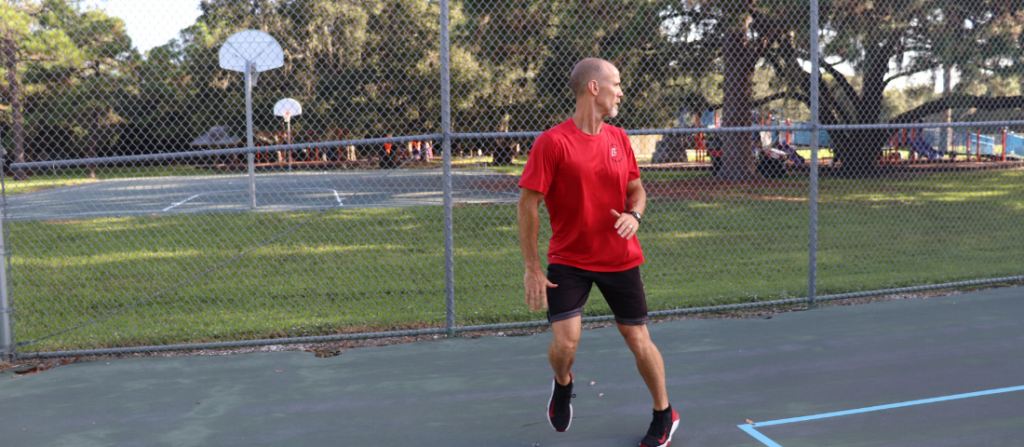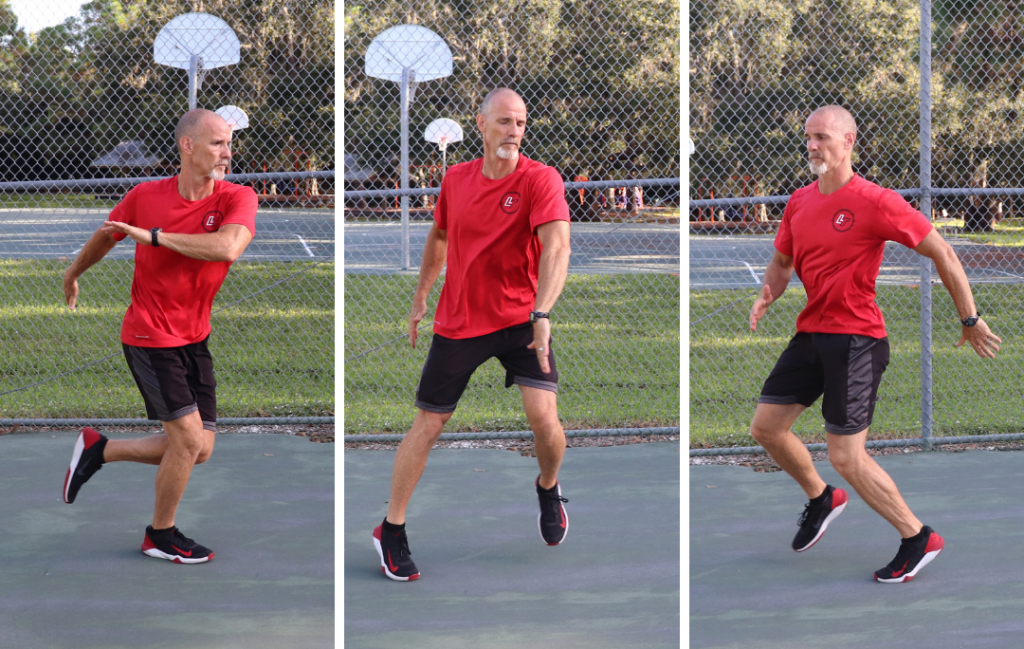Isn’t it funny how we typically look at the feet, legs, and hips when we talk about speed and ignore the upper body, arms, and especially the head and eyes?
I’m not going to talk about the upper body (arms, thorax, core…); however, I will dive into the influence of the head and eyes.
When an athlete has to turn while moving, their head position and the eyes’ focus play a considerable role. The eyes help orient the location and spatial awareness, and the head position helps create stability and a foundation for the eyes to have more visual bandwidth.
If the athlete lacks cervical rotation, flexion, extension, protraction, and retraction, often the eyes are put in a position of strain to see what needs to be seen.
Let’s Take a Look at a Couple of Examples
The first is an athlete playing center field in softball. As the center fielder retreats in a sprint chasing a pop-fly, yet the ball is still behind her… the ability of the cervical spine to rotate to allow her to look back- so the eyes can locate the ball- is critical.
Let’s say she lacked the ability to rotate through her cervical spine adequately. She would compensate with some other lower chain rotation, which often can become a lesser quality movement. Or, she simply doesn’t get the rotation needed, and the eyes don’t focus as well as they should.
What about a point guard who turns sideways to protect the ball but must see all sides of the court to run the offense? If he can’t get his chin over his front shoulder so the eyes can locate the strong and weak sides of the court- that’s a problem.
Have the ability to put the head and eyes in the proper positions to see the ball easily, see all teammates, and locate where they are in space is essential!
If we look at sports like wrestling, swimming, and football, we notice how important the ability to lift the head into extension to see what’s in front of us- from a prone body position.
The take-home message is multi-directional speed is more than just having great feet. The head and eyes are critical in the athlete’s movement, awareness, and orientation to the play.
Performing proper mobility allows the body to move under the head and neck, and having the head and neck move over the body is an important strategy for performance.
Becoming a Speed Ambassador means you understand all of these concepts of coaching multi-directional speed and performance strategies. My goal is the help more coaches in our industry speak the same language and understand the concepts and principles based on human movement laws.
Join us by clicking here…. www.Speedtoolbox.com. I can’t wait to see you on the other side!


